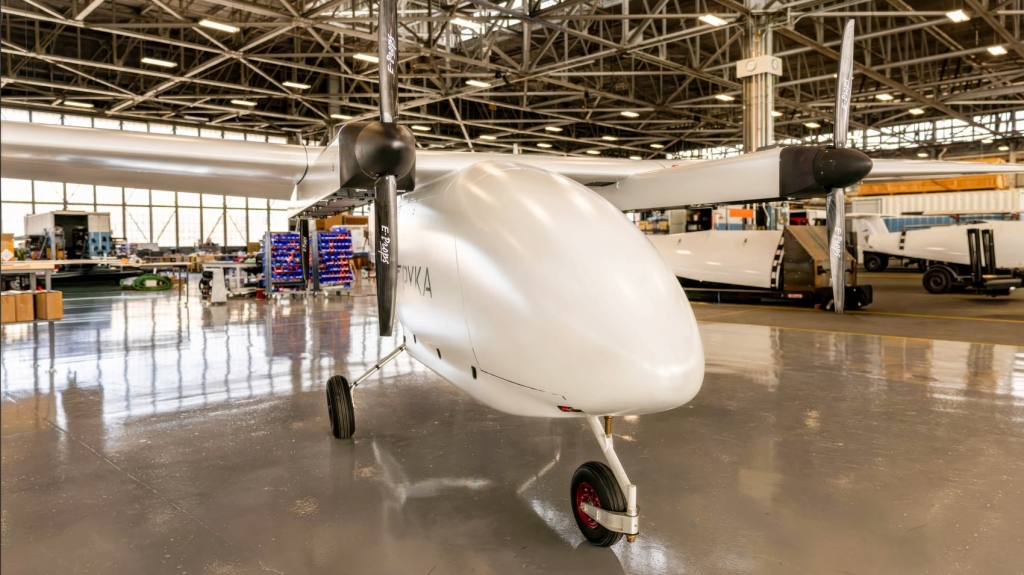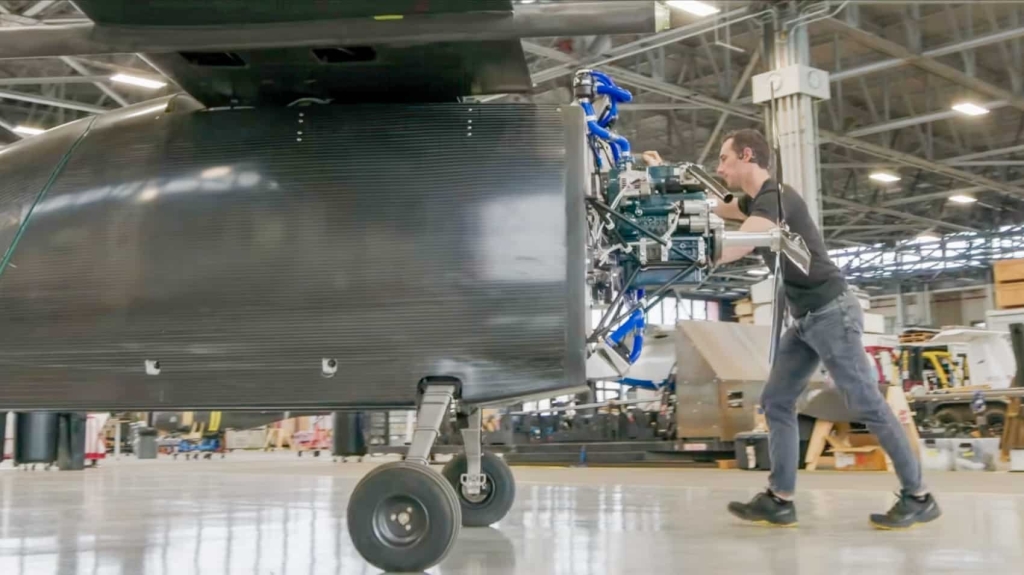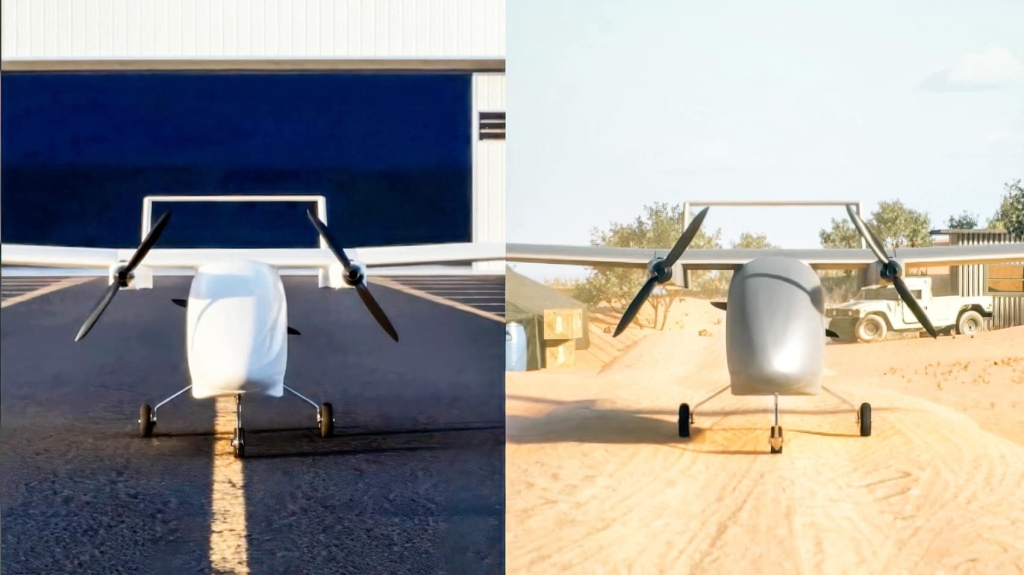Pyka Fires Up Hybrid Power On New DropShip Drone

Black Friday Deals: DJI Flip $349, Mini 4K $359, Mini 3 $439, Skyrover S1 $349, X1 $539
Pyka has hit a key milestone in the development of its new heavy cargo drone. The California company released video showing its first DropShip airframe running its hybrid propulsion system for the first time. The test took place earlier this month and marked the moment the full power system came together on the aircraft. It now moves Pyka closer to the DropShip’s first flight trials.
In its announcement, the company called the moment a major step forward. The hybrid system is central to how the aircraft is meant to perform. Pyka designed DropShip to support tactical resupply missions in places where normal logistics break down. This includes denied regions, rough terrain and forward positions that cannot support manned aircraft.
The early footage shows the engine start sequence and the power blending between the electric and internal combustion systems. Pyka described the test as proof that the aircraft’s electrical, mechanical and software systems are working together as planned. The company said more ground evaluations will follow before the aircraft begins flight testing.
During the reveal, Pyka wrote that the aircraft is being built to deliver where nothing else can. The system is meant to help operators move supplies with greater reliability and speed while reducing risk to ground forces and aircrews.
How the Hybrid System Works
Pyka calls the DropShip an electric hybrid platform. The design uses electric power for quiet operations and a combustion engine for range and endurance. The goal is to create a drone that can move heavy loads far beyond the limits of fully electric cargo aircraft.

The company says the hybrid system supports multiple fuels, including JP5, JP8 and diesel. This gives it more flexibility for expeditionary use. The aircraft can be recharged or refueled in the field with limited support. It is also expected to run in an electric mode that reduces noise and limits infrared signatures. This helps the drone fly in sensitive or contested environments with a lower chance of detection.

Pyka claims the aircraft needs only 150 feet of takeoff distance. That short roll gives operators more options for launch sites. It also reduces the need for long strips or prepared surfaces.
Payload capacity is another key feature. Pyka says the DropShip will handle up to 400 pounds of cargo inside its bay. It can fly more than 200 miles with that load. That range places the aircraft in a unique niche between long range quadcopters and traditional crewed resupply aircraft. The design supports point to point deliveries and larger distributed logistics networks.

The airframe is also built for rugged field use. Pyka develops agricultural aircraft, so the company already has real world experience with dirt, dust and demanding schedules. Much of that engineering knowledge is now going into the DropShip’s systems. The goal is to keep maintenance simple and to make setup fast. Operators in the field may not have access to full hangars or specialized tools, so Pyka is designing the platform to be easy to handle.
In earlier comments, CEO Michael Norcia said the aircraft is being developed with direct feedback from military and logistics partners. He said DropShip fills the gap between crewed resupply missions and the smaller drones now used for light cargo work. According to Norcia, DropShip combines autonomy, payload and reliability into one platform.
What Comes Next for the DropShip
The next stage for the program is more ground testing and the first series of flight trials. Pyka expects flight testing to ramp up in early 2026. After that, the aircraft will be used in demonstrations with United States and allied military partners. These early tests will help refine the aircraft’s logistics roles and show how it performs in real operations.
The aircraft will also use Pyka’s existing autonomy software. This is the same flight system that runs the company’s agricultural drones now working in commercial service. The company plans to scale that system for the larger DropShip platform. The goal is to give operators a safe and predictable aircraft that can handle long missions with minimal oversight.
DroneXL’s Take
This is a big moment for Pyka. Running the hybrid system on the first DropShip airframe shows the project is moving from design to reality. The mix of electric power and combustion engines gives the drone long range and the quiet mode that operators want. The weight and distance numbers also place DropShip in a valuable niche. It can carry far more than small cargo drones and reach places where crewed aircraft cannot go safely. If Pyka keeps hitting milestones, DropShip could become one of the most capable heavy lift drones in the field.
Photo credit: PYKA
